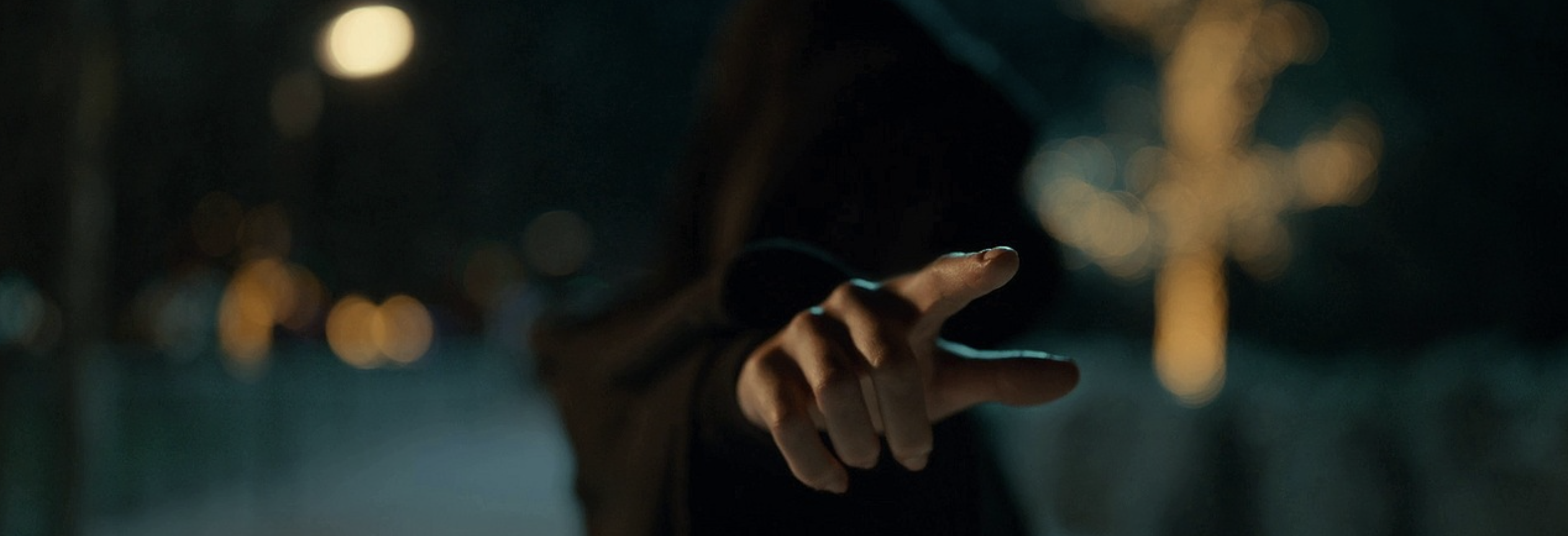🏳️🌈 Terrific episode, relatively light on arc stuff.
Arcs
- Calm Down, The Actress Is Just Called That: Susan Twist appears only as the portrait of the Duchess’ dead mother. Of her characters so far, two of them are bad mothers, one is a bad ambulance, and a fourth reluctantly abandons a space station full of babies. In addition, Mrs Merridew was a maid. That’s a real throughline of playing, broadly speaking, caretakers. Her character next week is called Susan Triad, and S. Triad is an anagram of TARDIS.
- The Mavity of the Situation: Dr Who invented tarmac in 1902. A lot of fuss is made about Ruby not introducing future ideas to the 1813 folks, who are listening to ye olde Billie Eilish at their ball, but in the end the only people she actually says things like “OK” and “cushy” and “TV” to are Rogue and one of the Chuldur.
- The Pretenders: The Chuldur take the shape of, “cosplaying” as, people from 1813 and intend to go on to do so in London so as to cosplay the planet to death, their cosplaying is fatal to the subjects of their fandom.
- Still Figuring It Out: Dr Who has his first gay romance with Rogue. This is who he is now. 🙂
- It’s About Timeless: A hologram display of Dr Who’s previous faces includes, amongst the traditional regenerative lineage and recent unnumbered additions like the Jo Martin incarnation and the John Hurt incarnation, an incarnation of the character as played by Richard E Grant, who played two separate incarnations of Dr Who in Scream of the Shalka and The Curse of Fatal Death, both generally ignored by the show as it’s existed since 2005.
- Guardians of the Playground: Rogue has a handful of d20 dice in his ship. That’s games. The Toymaker is games. Hmm? Cosplaying is roleplaying, too.
- The Boss Is Not Rhetorical: Rogue, a bounty hunter, refers to his “new boss.” Rogue does not appear to know about Dr Who before the events of this story, and, though he might have vaguely heard of Time Lords and Gallifrey, does not know where the latter is.
Theories
No huge changes, but I think Theory One and Theory Three may be connected.
- Theory One: What character archetype in RTD’s take on Doctor Who does a lot of Waiting? Jackie, a year, not knowing. Francine, a year, for a shot. Sylvia, for Donna, for so long. What if the One Who Waits, and thus the Boss, is the Toymaker’s mum? Connecting this to Theory Three, if Susan Twist is playing a series of caretakers, and I think the One Who Waits is the Toymaker’s mother… Dot dot dot…
- (No development) Theory Two: Ruby Sunday is an experiment engineered (or, perhaps, a story told) to infiltrate the TARDIS. The nominative similarity with Mundy Flynn, played by future companion actress Varada Sethu, links them explicitly — Mundy may be another experiment in the series. They also feel like they’re in an RTD and Moffat mode, respectively — Ruby very much a Rose type, Mundy’s early appearance fairly explicitly invokes Clara. Keep an eye out for a funny grey-haired white guy called Tuesday.
- (No real development) Theory Three: I think Susan Twist is part of some kind of cosmic corrective, the spellcheck chasing down a typo. The cosmic corrective may be the result of the damage done to the TARDIS by Donna spilling coffee on it.
- The Mega Theory: Look, I don’t honestly think all three of these are true, but wouldn’t it be neat if they were? What if Donna spilling coffee on the TARDIS created some kind of manifestation that takes the form of Susan Twist, left unchecked becomes the Toymaker’s mother, and then, with all the power in the world, creates Ruby, leaves her behind at the church on Ruby Road so she can infiltrate the TARDIS so she can reconnect with Dr Who? That would be too tidy, wouldn’t? Wouldn’t it?





